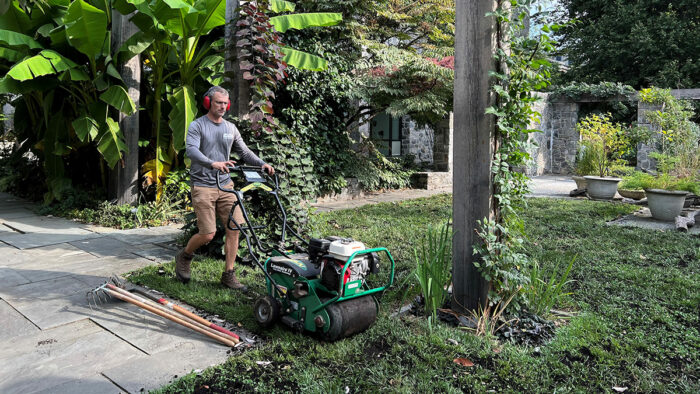
The centerpiece of a traditional American landscape has long been a verdant, weed-free expanse of lawn. But all too often conventional lawn care is achieved by applying an onslaught of synthetic fungicides and fertilizers that are detrimental to soil health. In my mind, an organically maintained lawn uses a mix of turfgrass species and clover and has the added benefit of supporting pollinators and a host of soil-dwelling organisms.
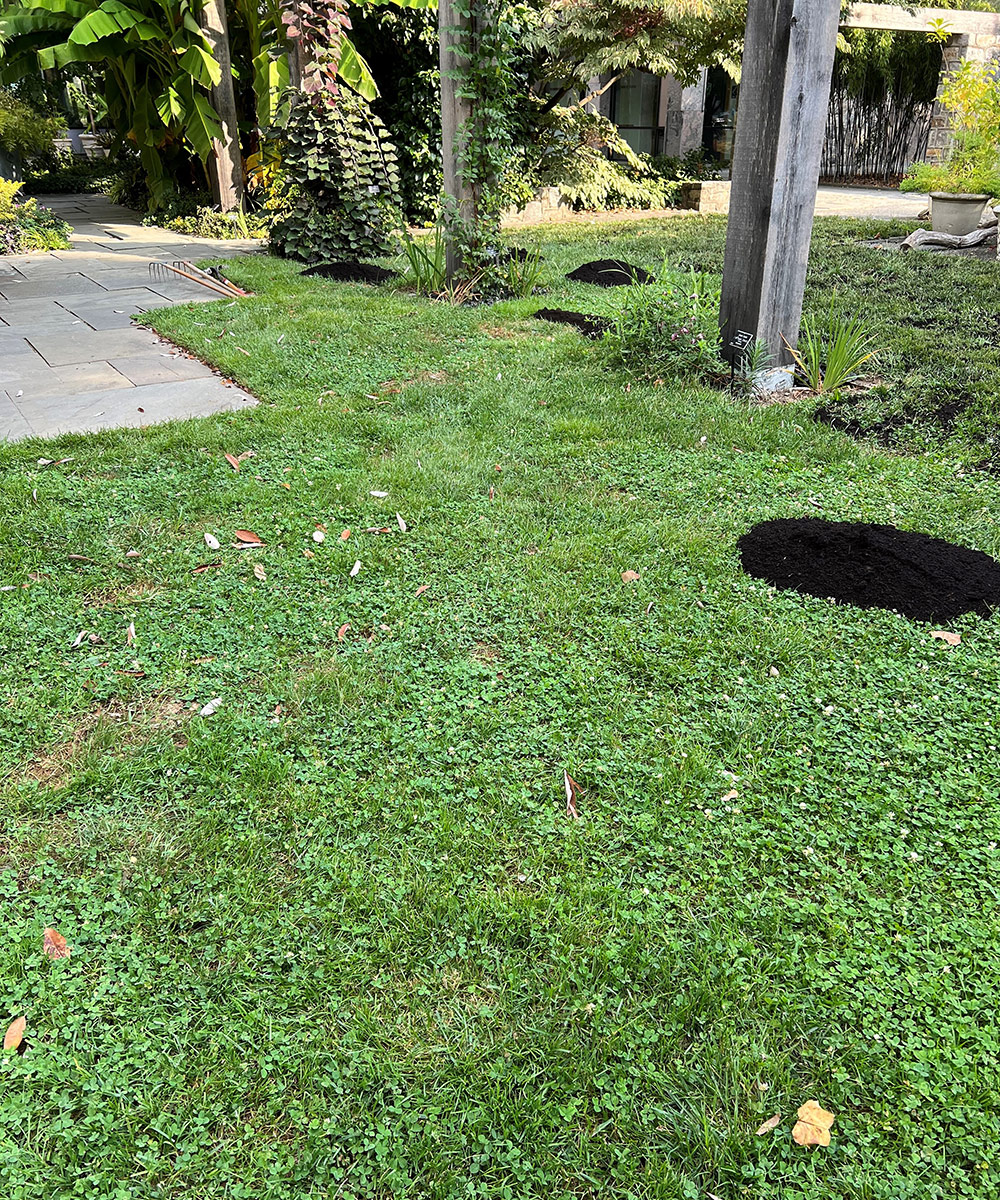
Steps to Improve Your Lawn Organically
Fall is the best time of year for organic lawn renovation, a multistep process that helps to build healthy soil and a dense, thriving plant community. As ambient temperatures drop, soil temperatures remain warm and fall rains hydrate the soil, conditions that create a perfect environment for grass-seed germination. However, it is important to begin turf renovation at least 45 days prior to the first frost to allow time for new grass seedlings to establish.
Step 1: Test your soil
Begin with a soil test from your local extension agency, which will provide a baseline of the overall health of your soil as well as recommendations to improve its health. If your soil is found lacking, be sure to choose an organic fertilizer.
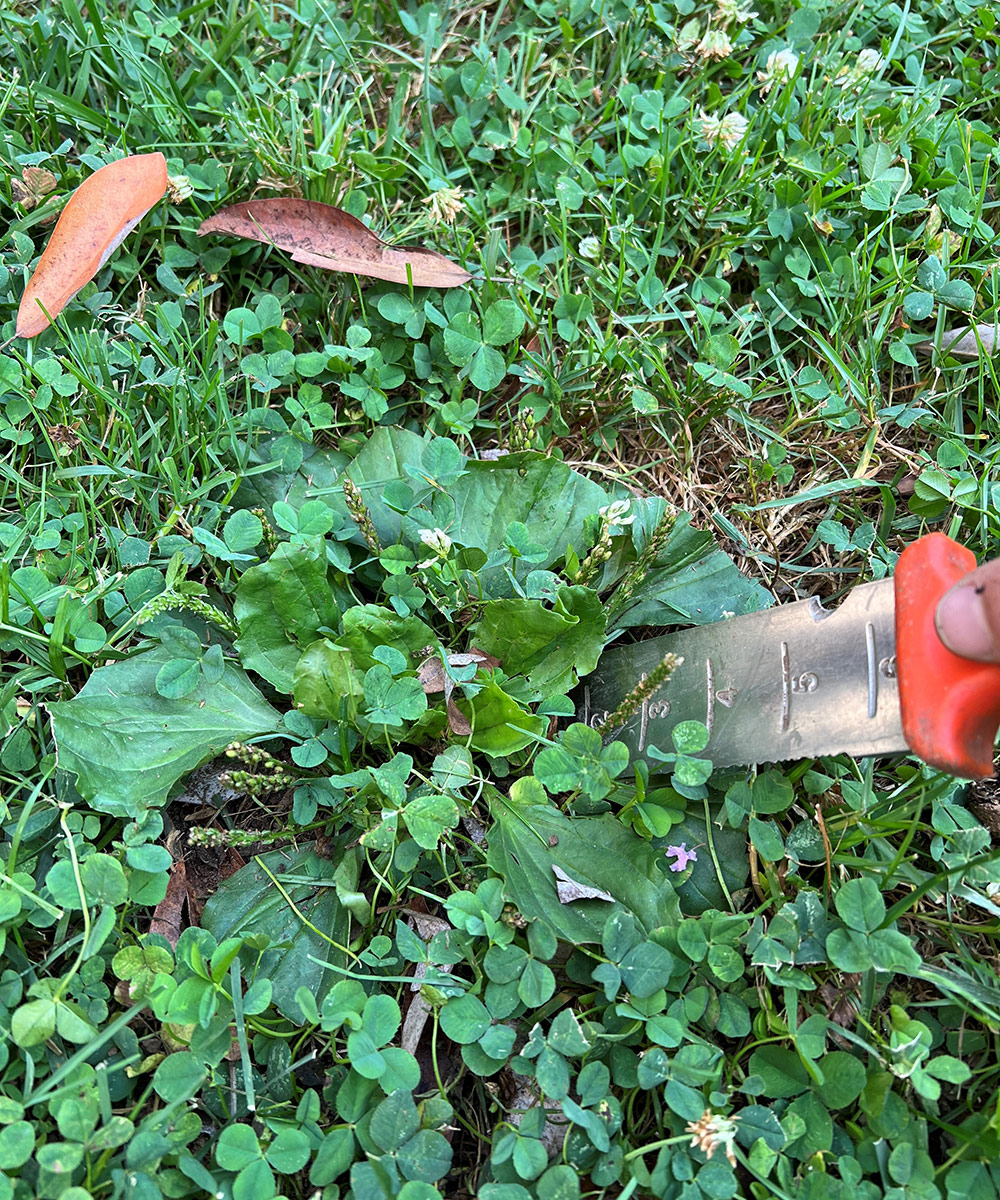
Step 2: Remove weeds naturally
Throughout the summer many invaders may have established. For larger weeds such as broadleaf plantain, hand removal is quick and easy. If you have large patches of crab grass or smartweed, a garden rake or a mechanical de-thatcher can make removal more efficient. Many annual weeds pull up easily after a nice rain.
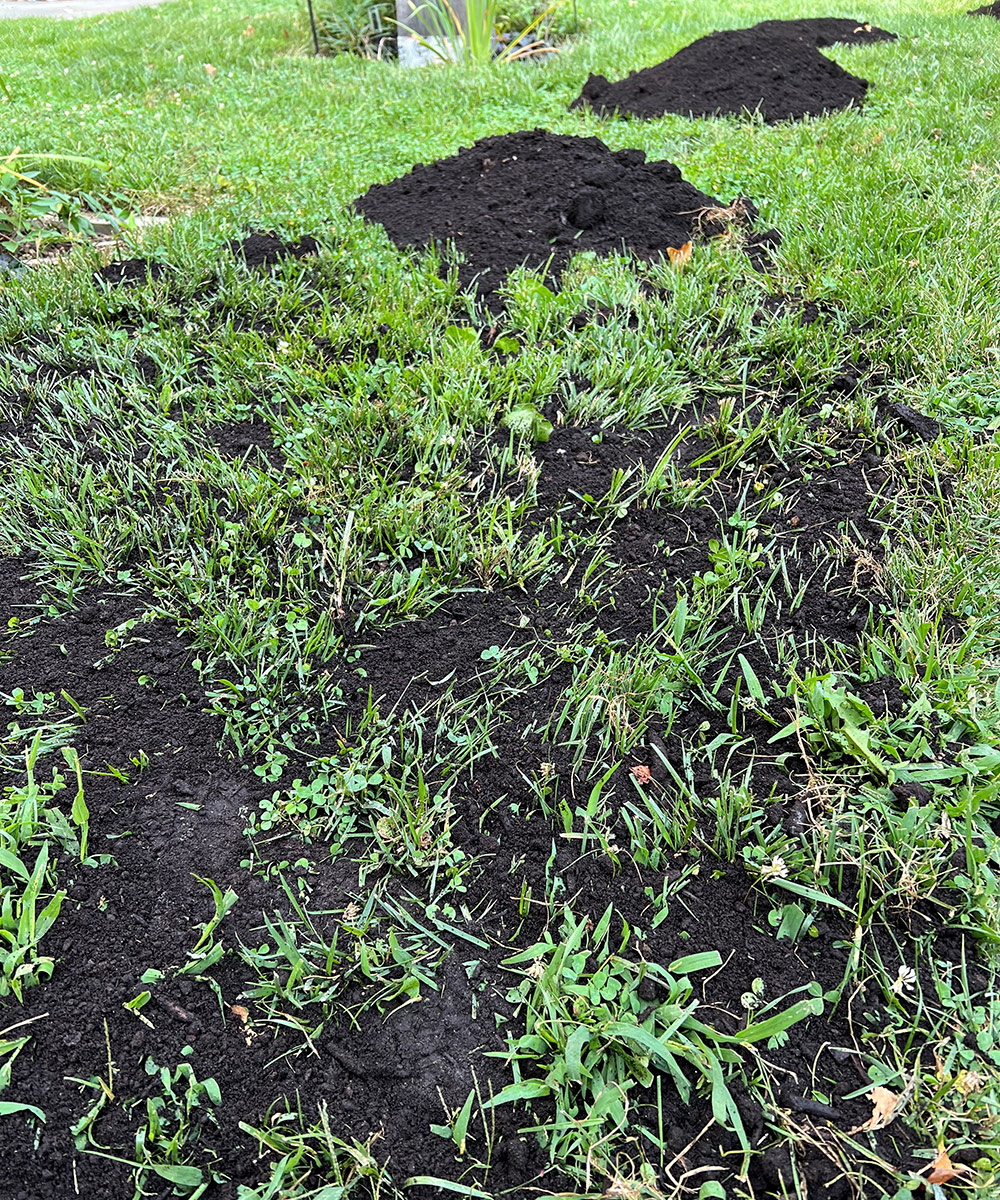
Step 3: Add compost to your lawn
The next step is to gather or purchase enough high-quality compost to cover the entire surface area of the lawn. Compost adds organic matter to the soil, which increases cation exchange capacity (CEC). CEC describes how well soil can store a particular group of nutrients, which can then be absorbed by the grasses and other plants growing in the space.
High-quality compost also adds beneficial micro fauna and fungi that are the basis of nutrient cycling. Simply adding a quarter-inch of compost over the entire area will have a huge benefit to the overall health of your soil. Learn how to make your own compost here.
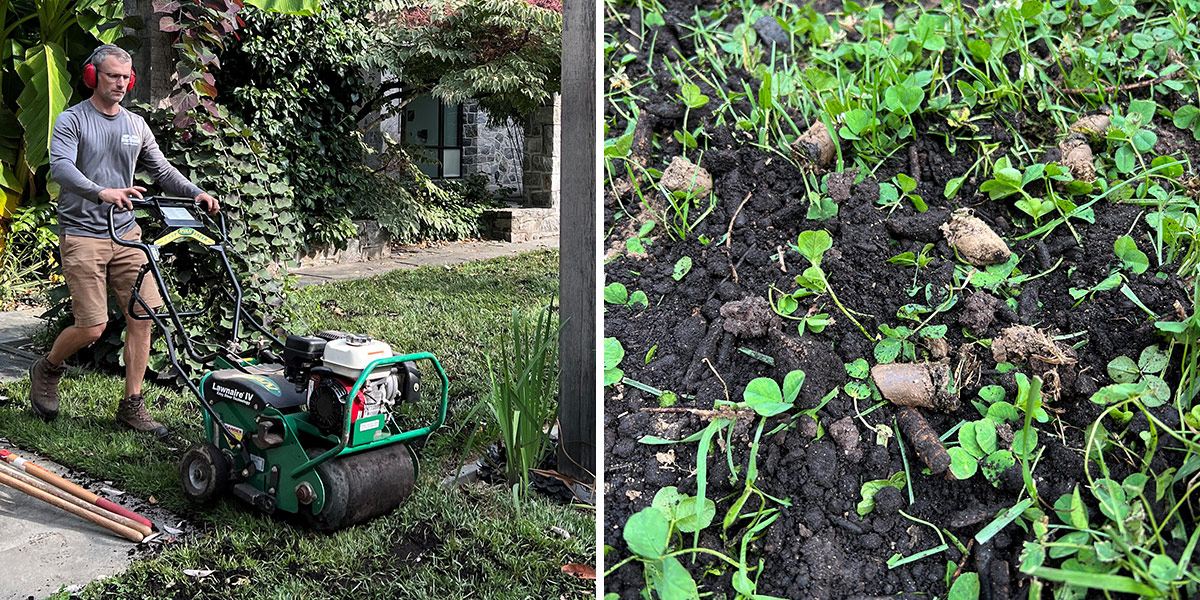
Step 4: Aerate the soil
Many lawns are heavily traveled by humans and equipment, resulting in compaction that is detrimental to soil health. Reduced porosity makes it harder for air, water, and plant roots to penetrate the soil. A walk-behind core aerator, which you can rent from a home improvement store, helps to alleviate compaction by punching holes into the soil, creating little pockets for water, compost, and grass seed to settle into. Usually one pass with the aerator is sufficient, but several passes may be needed in high-traffic areas.
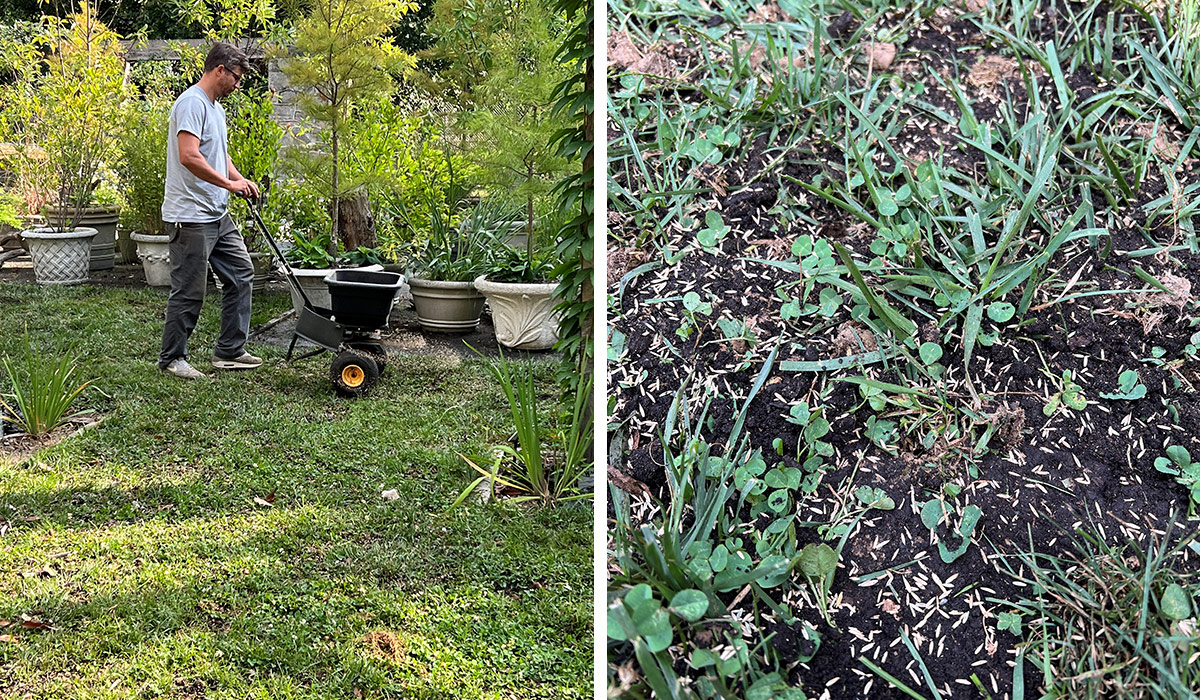
Step 5: Broadcast grass seed
Overseeding with broadcast spreader or a drop spreader is an efficient way to apply grass seed. Tall fescue blends are my choice for sunny areas in the Mid-Atlantic region. This type of turfgrass is more tolerant of drought and disease than other options. If you have a shady situation, a shade mix with perennial rye and fine fescue is ideal.
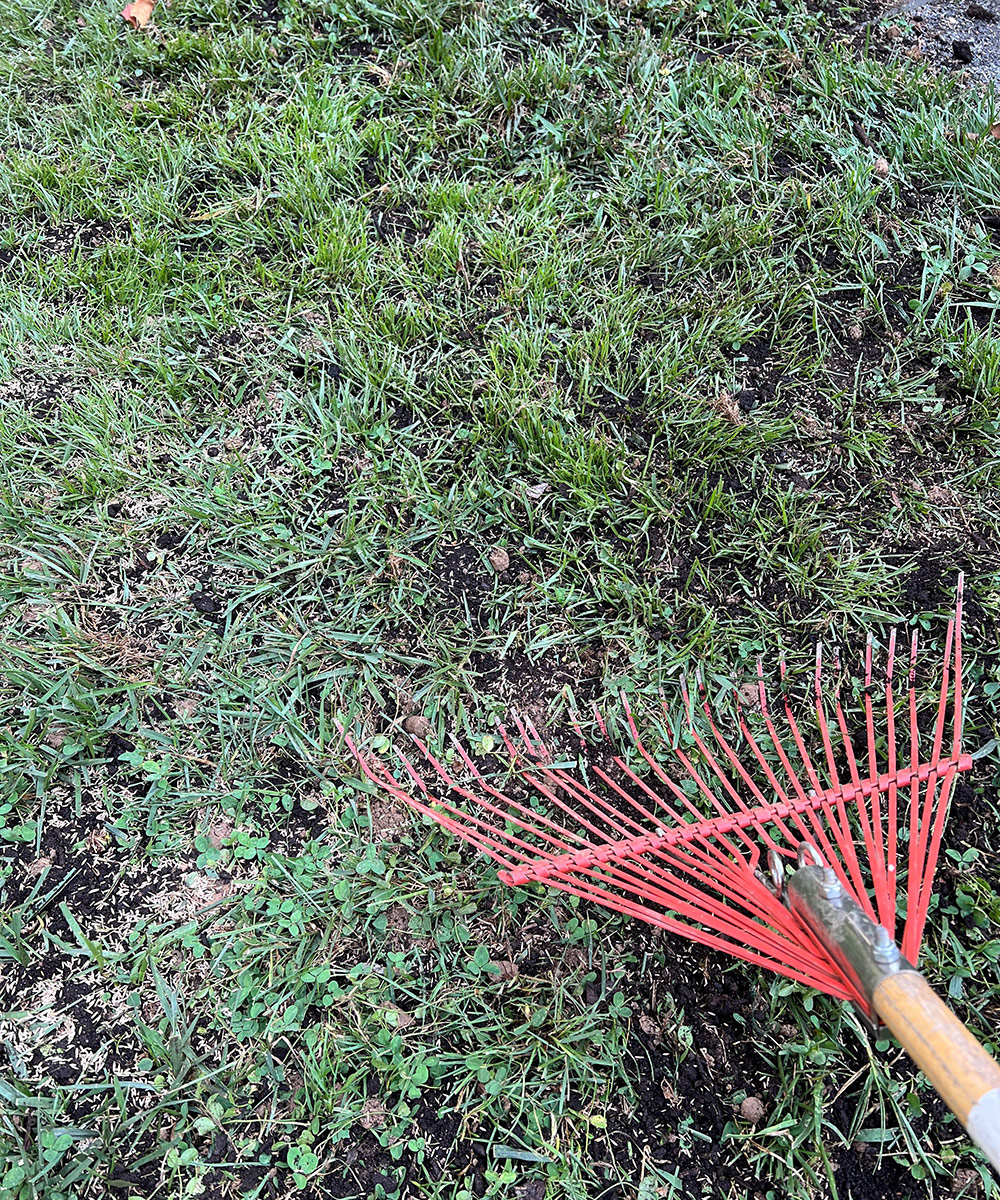
Step 6: Rake the seed to help it settle
Seed-to-soil contact is extremely important, since small grass seedlings can dry out quickly and perish if their roots are not in firm contact with the soil. After the grass seed has been spread, gently rake or drag the entire area to help the grass seed settle into nooks and crannies.
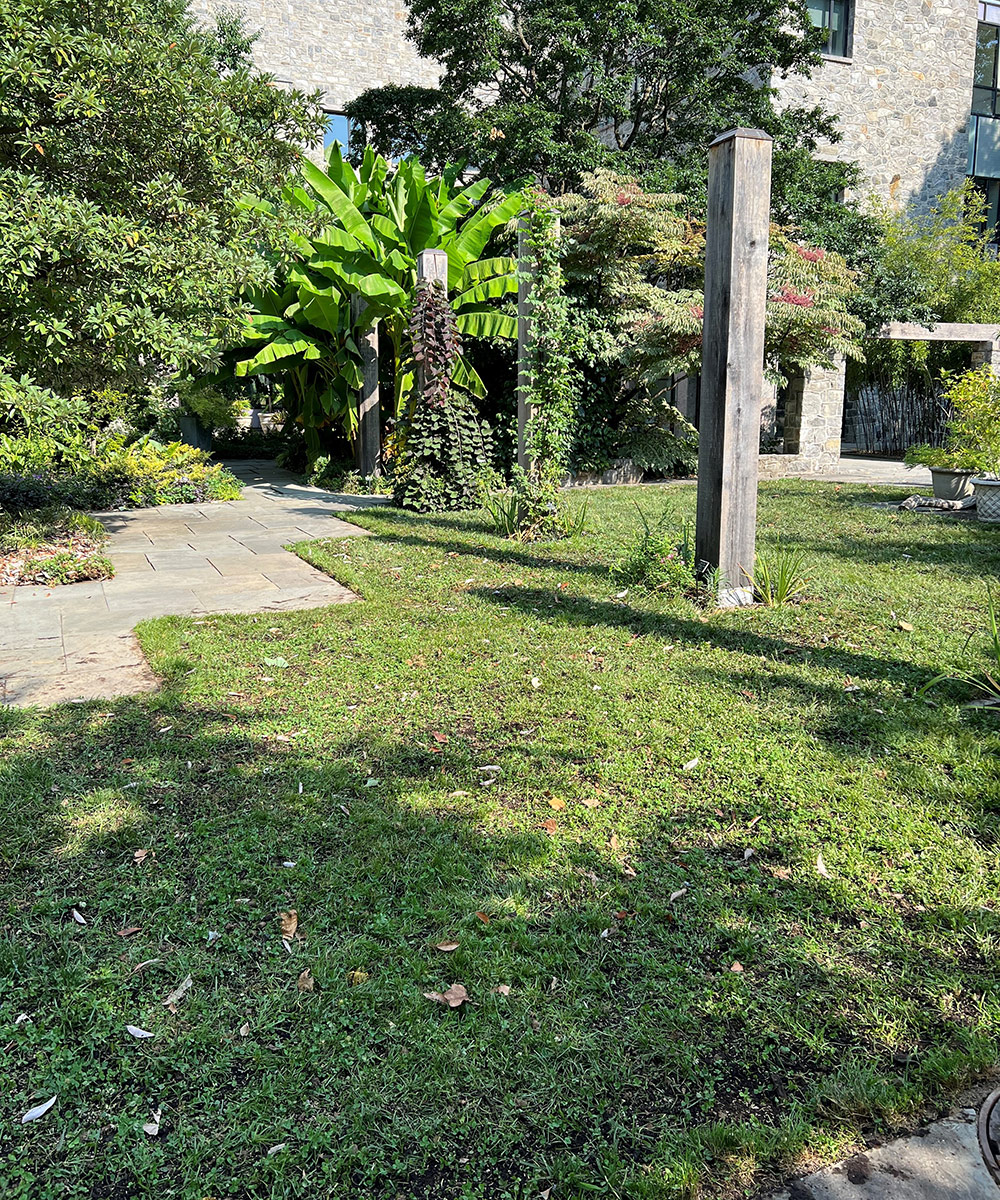
Step 7: Water as needed
Even moisture is also very important for stimulating seed germination. If rain is not predicted after the seed has been applied, water the entire area with sprinklers, and keep watering daily until germination occurs. Initially you will only need to keep the top inch of soil moist, but after germination you want to encourage the roots to travel deep into the soil. After seedlings emerge, increase watering duration to keep the top 6 inches of soil evenly moist.
Step 8: Mow and fertilize
Once the seedlings have reached 5 inches in height, mow with the deck set at 4½ inches. This will encourage the seedlings to send roots deeper into the soil and to produce lateral shoots. If your soil test indicated that fertilizer is needed, this is the best time to apply an organic fertilizer.
Following these steps on a yearly basis will provide a strong foundation to produce healthy soil and a thriving lawn that is beautiful, aids in carbon sequestration, and reduces the use of harmful chemicals.
Learn more:
Are Low Mow Grasses the Way to Go?
Exploring Native Lawn Alternatives That Thrive in the Mid-Atlantic
Suppress Weeds Organically with Corn Gluten Meal
Adam Glas is a garden supervisor and rosarian at the Scott Arboretum of Swarthmore College in Swarthmore, Pennsylvania.


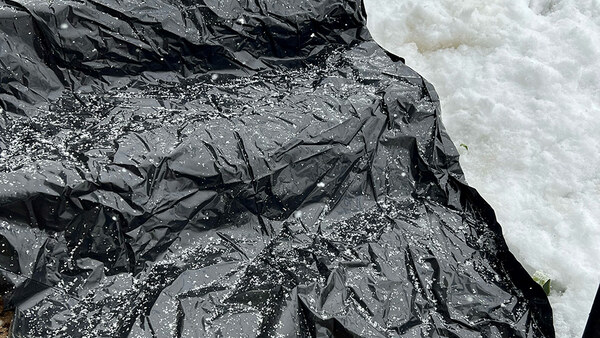


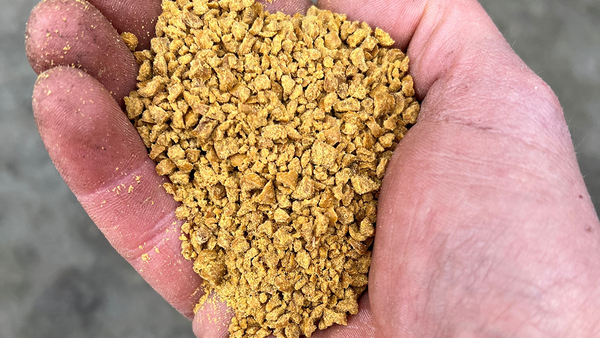












Comments
Log in or create an account to post a comment.
Sign up Log in